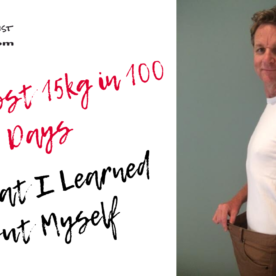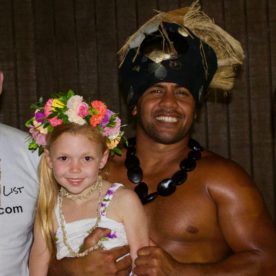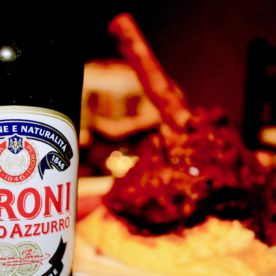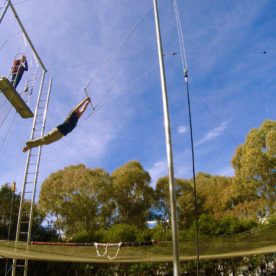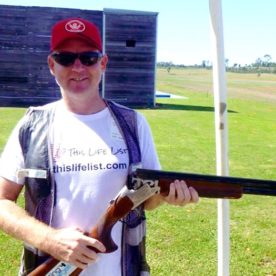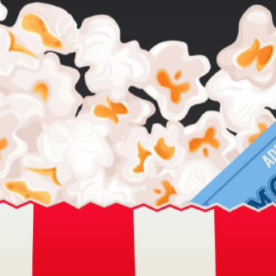My arms are about to fall off, my lungs are bursting and I have nowhere to hide.
I really would like to hop out of the boat and sink to the bottom.
I’m deep inside the hurt locker and desperately searching for a way out.
This whole outrigger adventure paddling experience might not be my best idea. Did I bite off more than I can chew?
Everything started out just fine. I met up with my good mate Anthony “Deano” Dean who organised a seat in the boat. Deano and the team from Sydney Outrigger Canoe Club are based at Balmoral Beach in Sydney. Deano gives me a paddle and shows me the basics of how to hold it. How to make the change from left to right and the key part of switching my feet to get more power in my strokes.
Heave Ho team
We haul the outriggers down to the water’s edge, there are enough paddlers for 3 boats tonight. With so many newbies like me, they spread us out over the 3 boats. I’m told I am in seat 5. Okay I say with a vague look. Deano notices my blank look and explains it to me like this
“In an outrigger canoe the paddlers sit in line. Facing forward each paddler is assigned a seat number from 1 (closest to the front) to 6 in the rear who is the steer. The paddler sitting in seat 1 is called the stroke and is responsible for setting the pace of the paddle strokes. In the middle of the canoe seats number 2, 3 and 4 are the strong and powerful paddlers. Any of the 3 can be the ‘caller’ who directs the other paddlers when to switch sides. When to pick up or slow down the stroking pace. Seat 5 is the easiest although every position has an important role to play in the canoe.”
Yep number 5 sounds good to me. Basically the least chance for me to mess up the rhythm of the boat.
The evening was very hot even for summer. I am so happy to be on the water, although in the water would be better. The three boats paddle out together. A decision is made on account of the newbies we would do some sprint training as opposed to a longer paddle. That seemed reasonable to me.
Gentlemen start your engines
The boats are in position, the course is plot, the race is about to begin. I am pumped and can’t wait to get going.
Go!
We are off and I am keeping good time with the paddler in front then comes the call of “change”. Half the boat is paddling on the left and the other half on the right. On the change each group switches. This happens without missing a stroke….seat 5 misses the stroke, he actually missed them all race. It’s a technique I am yet to master.
The race is about 600m down, around a yacht and back. Our boat monsters down the first 600 and makes a good turn. We paddle hard for home but are caught by another crew and finish second. Disappointing for all on board but it was fun. Exhaustion sets in, I am ready to pack it in. I ask Deano, “mate is that it can we go back now?” He replies “No mate we are only warming up”
WTF?
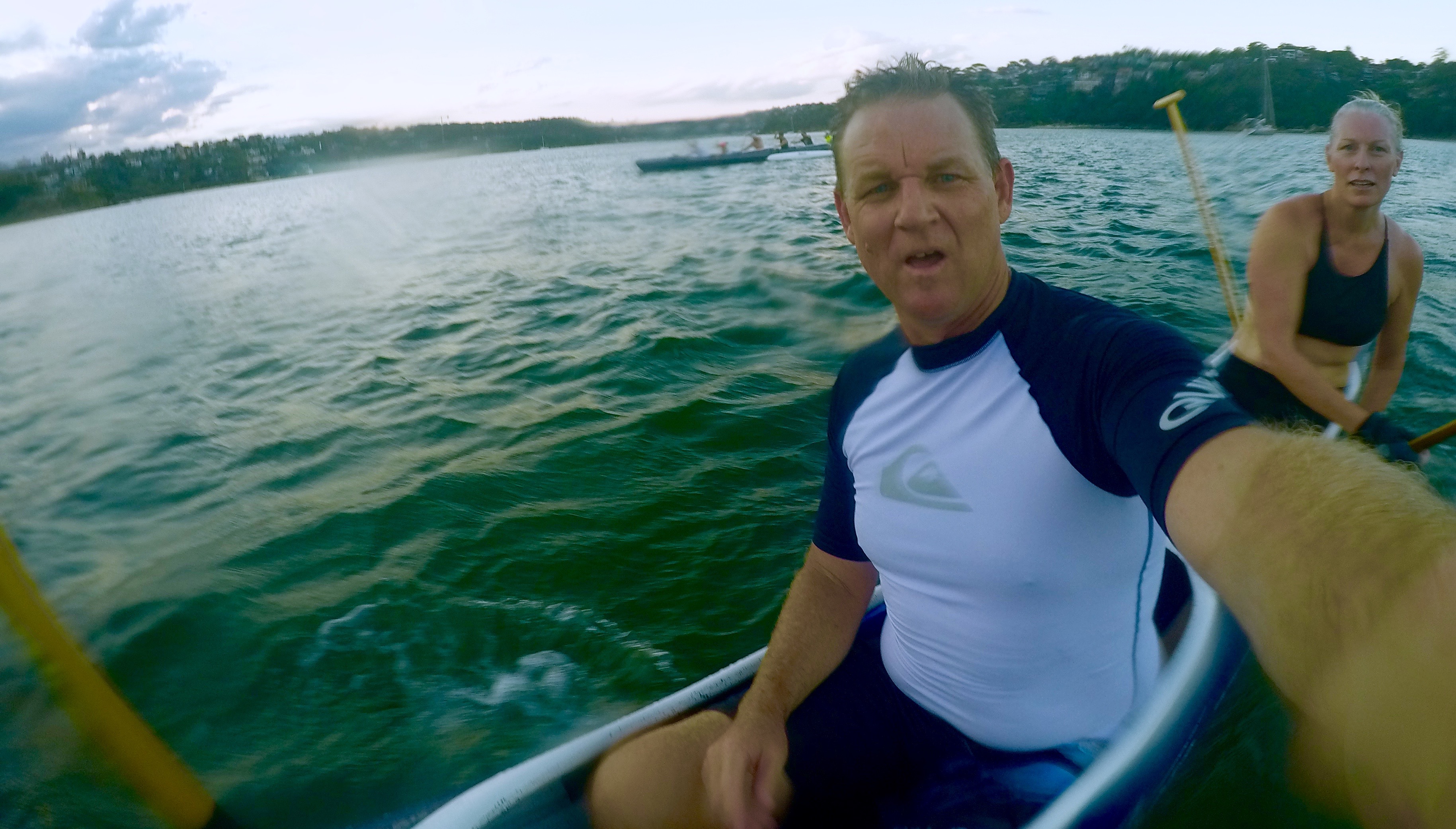
Does this nightmare ever end?
We have 4 more races and I am in hell. This is tough going. I have pipe cleaners for arms and have not exerted myself for months.
An opportunity arises between races to jump overboard for a swim, I gratefully take it.
The session ends with a very light paddle back to the beach. With the assistance of the runner swells which we are able to catch, I can finally get out my go pro to film my efforts. I’m exhausted but you know what, for all this pain I am strangely drawn to coming back. I actually really like the sport.
After pushing myself way beyond my comfort zone and I am proud to have completed the experience.
I am interested in some short races and a bit more training but the Molokai Hoe can wait. Molokai Hoe is probably the most famous outrigger race in the world. Since 1952 teams have been paddling 38 miles from Molokai to O’ahu. The first race took 8 hours 55 minutes. Last year over 1000 paddles from around the world entered the race. The top team from Tahiti won the race completing the journey in 4 hours and 49mins.
I will leave that one to the experts.
Outrigger paddling is another This Life List adventure checked off

